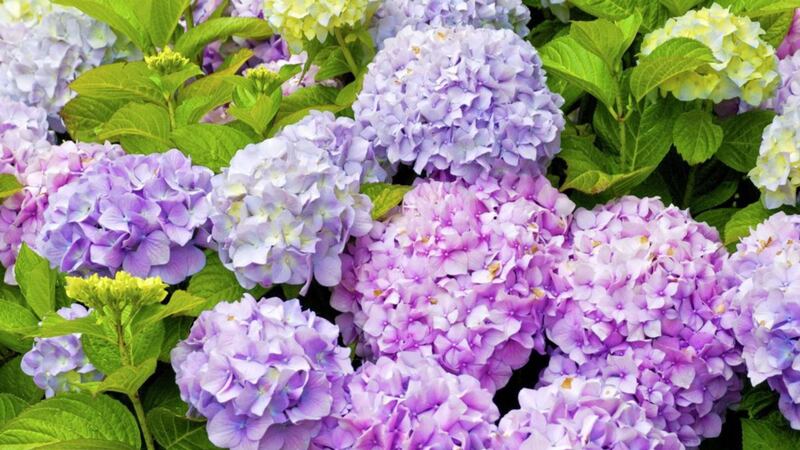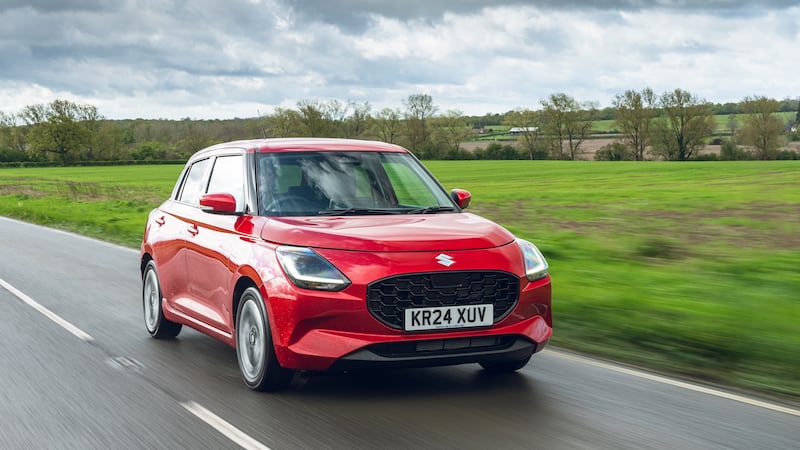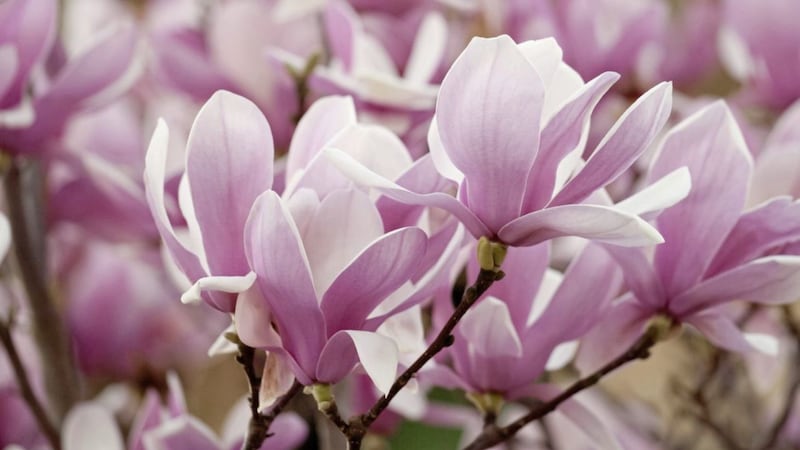A DECADE ago during a summer holiday in Brittany I had something approaching an epiphany. Hydrangeas are common throughout France – where they are called ‘hortensias’ – but in the north west in particular they are everywhere, representing Gallic free spirit.
There had been a time when I wouldn’t have a hydrangea about the place. For the younger me, they epitomised the rigidly symmetrical gardens of the postwar era – conservative and bland. It was a plant that harked back to an era when the only gardeners were elderly men dressed in tank-tops and ties, with a pipe poking from the side of their mouth. At the same time, the hydrangea’s cause in Ireland is not helped by the way it is often the sole plant in many suburban and rural gardens, alone in a desert of short, manicured grass, forlornly cast to the outer reaches, close to the perimeter.
The Bretons like their hydrangeas much closer to their homes and often they are squeezed into cracks between footpaths and the walls of houses, softening the hard edges with their large blousy multicoloured blooms. It is this informal and mildly irreverent approach that warmed me to French hydrangeas. Near the town of Ploërmel, there is even a Circuit des Hortensia, or hydrangea trail, featuring 5,500 plants and around 550 varieties.
I also warmed to them after finding they took easily as cuttings, meaning I could cultivate my own. Softwood, semi-ripe or hardwood cuttings are all suitable.
Hydrangea are a vigorous and hardy plant, whose colours range from white, pink, blue and purple. The three most popular kinds are the round-flowered mopheads; the more upright and graceful lace-caps; and the panicled, which has arched branches and clusters of cone-shaped blooms.
The name hydrangea, roughly translated, means ‘water barrel’ and alludes to the plant’s cup-shaped flower.
The colour of the mophead and lace cap varieties (both H. macrophylla) is dictated by the pH of the soil. If you want blue flowers then you’ll need acid soil, whereas alkaline soil will produce red or pink flowers. White flowered and green-flowered cultivars will retain their colour regardless of soil pH but in some instances, if you're very lucky, you'll get a mix of blues, pinks and reds on the same shrub.
If your heart is set on blue flowers then you can buy hydrangea blueing compounds which contain aluminium sulphate and are available from most garden centres. If your taste is for red or pink flowers, apply a dressing of ground limestone or chalk in winter. The easiest way to control hydrangea colour is to grow them in a container and therefore you can easily dictate the pH of the growing medium.
One of the best-known mophead varieties is the white-flowering 'Annabelle’ (Snowball), which has heart-shaped leaves and large, pale ball-shaped blooms. Hydrangea 'Veerle' is a reliable lace-cap, and likewise Hydrangea paniculata ‘Limelight' in its category.
Hydrangeas are happiest in rich soil with a bit of shade and they like plenty of water. Exposed sites are to be avoided as cold winds can damage spring growth. They can, however, tolerate salt-laden winds and are therefore a sound option for coastal gardens. The fading flower heads are good for providing winter interest and leaving them in place until the following spring will also help guard against frost.
Mophead hydrangeas also make great dried flower displays. The longest-lasting dried flowers will be those which are left on the shrub until early autumn when they have begun to dry out naturally. The timing is crucial as fresh, recently opened blooms rarely dry well.








